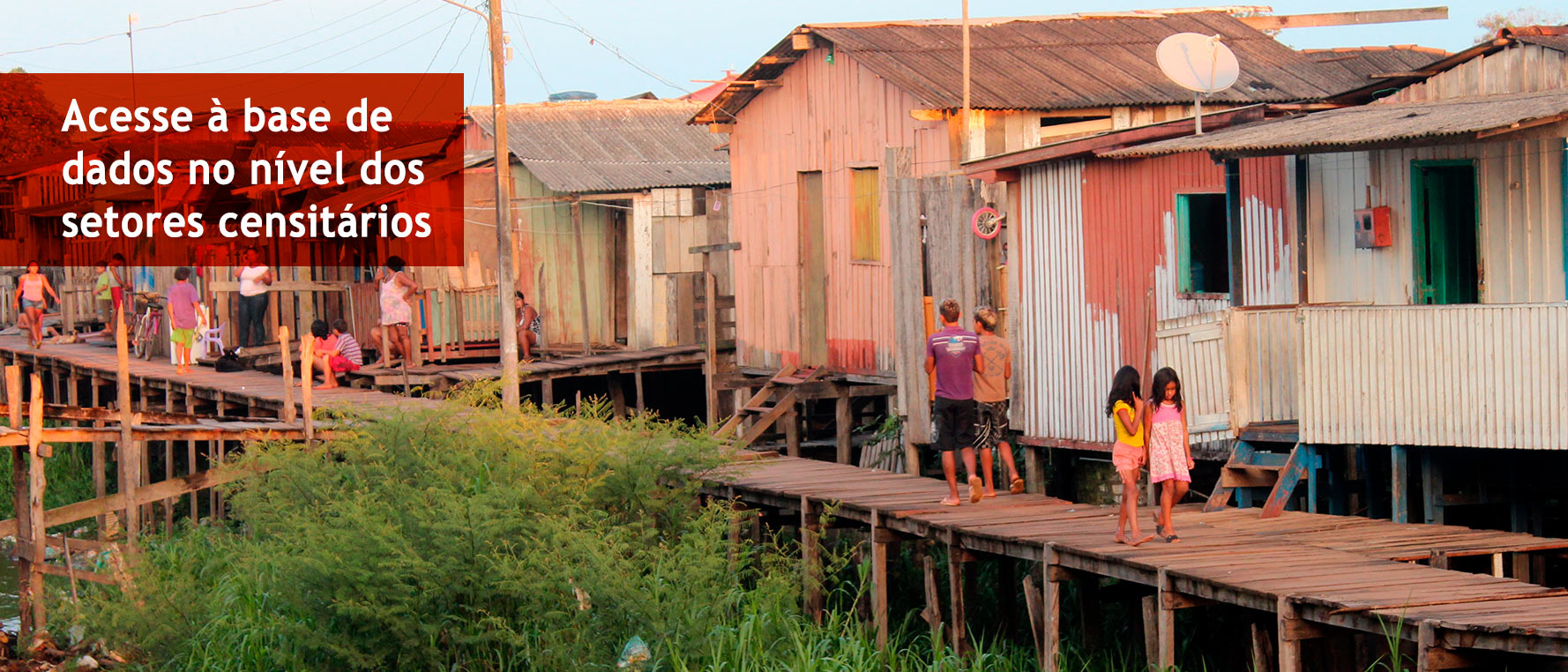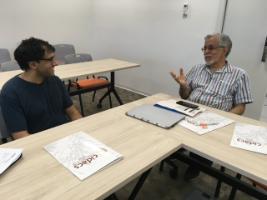How can data help reduce health inequalities?
Published: 6 June 2022
An international team of researchers, including UofG’s Professor Alastair Leyland, is looking at how data can help to reduce health inequalities.

As our understanding grows about how lifestyle is linked to health, so too does our awareness that there are many things we still don’t know about the social determinants of health. What role does the environment a person grows up in play in the development of illness? Do government policies aimed at improving living conditions for society’s most deprived people really make a difference to their long-term health? For people living in Low- and Middle- Income Countries (LMICs), answering these questions is particularly difficult but a unique data set from Brazil is offering new opportunities to explore these issues and improve health outcomes.
 An international team of researchers, including the University of Glasgow’s Professor Alastair Leyland, is looking at how data can help to reduce health inequalities. A key partner in this international collaboration is the Centre for Data Integration and Knowledge (CIDACS), which is responsible for integrating data and knowledge to facilitate scientific research related to the health of the Brazilian population. CIDACS has developed the 100 Million Cohort database, which links information from Brazil’s social programmes with other databases of health information such as mortality records, birth records, as well as communicable and non-communicable diseases.
An international team of researchers, including the University of Glasgow’s Professor Alastair Leyland, is looking at how data can help to reduce health inequalities. A key partner in this international collaboration is the Centre for Data Integration and Knowledge (CIDACS), which is responsible for integrating data and knowledge to facilitate scientific research related to the health of the Brazilian population. CIDACS has developed the 100 Million Cohort database, which links information from Brazil’s social programmes with other databases of health information such as mortality records, birth records, as well as communicable and non-communicable diseases.
Goals
The goal is to use data to evaluate the health impacts of social programmes that target some of Brazil’s most vulnerable groups. The research team is using the 100 Million Cohort database to explore how data about poverty and receipt of welfare benefits in Brazil can be used to evaluate social welfare programs and government policy. This is the beginning of an ambitious partnership that aims to understand how factors such as welfare programs and housing can impact serious illnesses such as heart disease, stroke and TB. Specifically, the team is:
- Evaluating the impact of social programs on cardiovascular disease and infectious diseases such as leprosy and TB
- Creating a small area deprivation index covering the whole of Brazil
- Enhancing the 100 million cohort linked database.
- Providing training and skill sharing opportunities for people working on the project in Brazil and Scotland
- Developing and delivering a course on program evaluation, with the aim of more effectively evaluating major programs
"The best way of addressing health inequalities is focusing on the upstream determinants that cause ill-health, and we're particularly interested in policy change as a tool to address these social determinants and reduce health inequalities." ~Prof. Alastair Leyland
Population health in LMICs is especially impacted by poverty. Large social inequalities have historically contributed to poor health outcomes across Latin America. However, health outcomes for disadvantaged people living in Brazil have seen a significant improvement in the past two decades. This is in part due to social programs that aim to monitor the association between people’s economic situation and health outcomes and improve the living situations for Brazil’s most disadvantaged people
A focus on communities
Health is influenced by a great many other factors besides healthcare. Where do people live, work and play? The environment in which young people grow and develop has a huge influence on the evolution of many aspects of illness and health. Instead of placing the burden of health on the individual, who often has little control over their environment, why not create programs that seek to improve their everyday living situations? An example of this is the social program Bolsa Familia, a cash transfer program, which gives money directly to the poorest households in Brazil, on the condition that children in these households remain in education and attend regular health checks. Other social programs ensure access to housing, clean water and electricity to improve population health. This study includes all of these factors, combined with health outcomes to understand the drivers of health inequalities and what specific social programmes can improve people’s health outcomes.
The scale of the problem
A key outcome from the project the creation of a small area deprivation index for the entire country of Brazil. This involved using census data from a country with a population of 210 million people and breaking it down into small areas of about 600 people. By analyzing census characteristics from these smaller sections of the population, the team can better understand the spread of deprivation across the country at very small scales. The next step will be to focus on the specific challenges that require an investment in policy to address.
The future
A database like the 100 Million Cohort offers myriad opportunities to explore many facets of human health, including how relevant the findings will be for other LMICs. The team is currently exploring opportunities to expand the scope of their research to other South American countries, include evaluation of the impact of environmental policies, and engage with the stakeholders that will enable them to put their findings into practice.
“The 100 Million Cohort database and the ways we have been able to use the data to create the small area deprivation index are valuable resources to understand how people’s living situations impact their health and livelihoods. By sharing our insights with policy makers, we hope to improve the lives of people throughout Brazil.” ~Prof Alastair Leyland
First published: 6 June 2022
UofG - School of Health & Wellbeing
Partner Organisations
Centre For Data Integration and Knowledge (CIDACS)
Federal University of Minas Gerais
London School of Hygiene and Tropical Medicine
Learn More

